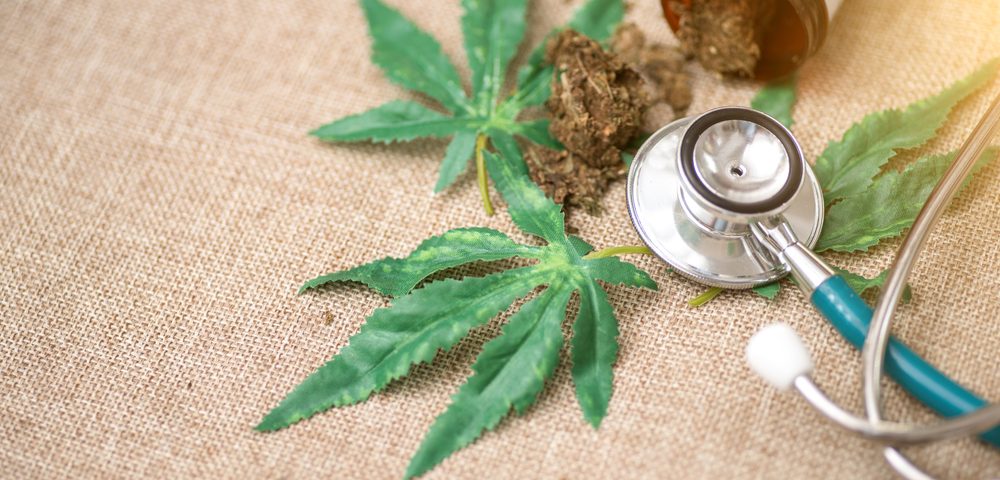Epidiolex (cannabidiol) and clobazam showed no signs of adverse drug-drug interactions in treating people with epilepsy, according to the results of a recent Phase 2 study.
The study, “A Phase 2, Double‐Blind, Placebo‐Controlled Trial to Investigate Potential Drug‐Drug Interactions Between Cannabidiol and Clobazam,” was published in the peer-reviewed Journal of Clinical Pharmacology.
A highly purified cannabidiol solution, Epidiolex was developed by GW Pharmaceuticals. The cannabidiol and clobazam both are approved for the treatment of Lennox-Gastaut syndrome (LGS) and other seizure disorders. Both are metabolized in the liver, where clobazam is converted to its active metabolite, N‐desmethylclobazam, known as N‐CLB.
Several uncontrolled studies found that cannabidiol increases the levels of N‐CLB. No formal study had been conducted, however, to assess any drug‐drug interaction (DDI) between cannabidiol and clobazam, or between cannabidiol and N‐CLB in patients with seizure disorders.
To learn more, researchers at GW now conducted a Phase 2 study (NCT02565108) in Spain and the U.K. The study enrolled 20 people with epilepsy — 10 male and 10 female, ages 18-65 — taking stable clobazam of up to 20 mg/day for four weeks prior to screening. The participants were then randomly selected for treatment such that 16 received 20 mg/kg/day of Epidiolex and four received placebo.
Besides clobazam, nine patients were taking levetiracetam and 15 were taking other medications that included antihistamines, anti-anemic medications, and folic acid.
During the trial’s 33-day course, neither Epidiolex nor the placebo affected the amount of clobazam found in the patients’ blood. Plasma concentrations of N-CLB showed little change in the placebo group. Meanwhile, they increased by slightly more than double in the Epidiolex group, suggesting that a significant interaction exists between Epidiolex and N-CLB.
Adverse events, most of which were mild to moderate in severity, were reported by 13 patients taking Epidiolex and two in the placebo group.
In the Epidiolex group, five individuals (31.3%) reported mild events and seven (43.8%) reported moderate events. These mainly consisted of diarrhea, nausea, vomiting, sedation, drowsiness, and dizziness. In three of these participants, adverse events led to reductions in their Epidiolex dose.
Only one patient reported a severe event, which was a seizure cluster that led to the individual’s withdrawal from the trial.
All events reported in the placebo group were mild.
The trial’s main safety endpoint was a reduction in seizures. Nine patients in the Epidiolex group (56.3%) reported such a reduction compared with one patient in the placebo group.
Overall, Epidiolex and clobazam showed positive safety results. The only drug-drug interaction observed in the study occurred between Epidiolex and clobazam’s metabolite, N-CLB. The researchers conducting the trial suggest that this could result in certain adverse events such as drowsiness.
“CBD [Epidiolex] had an acceptable safety profile at 20 mg/kg/day when co-administered with CLB in adult patients with epilepsy,” the researchers concluded, “but a reduction in dosage of CLB may be needed if adverse reactions known to occur with CLB are experienced.”

